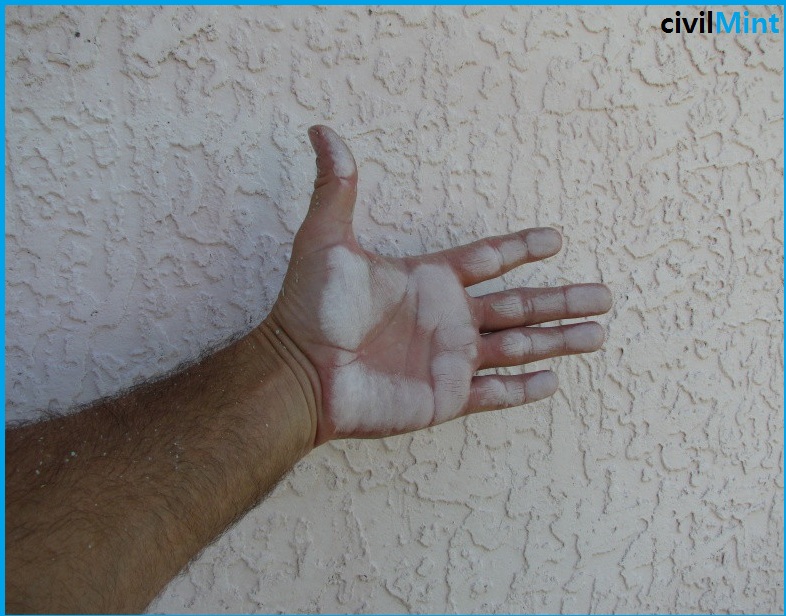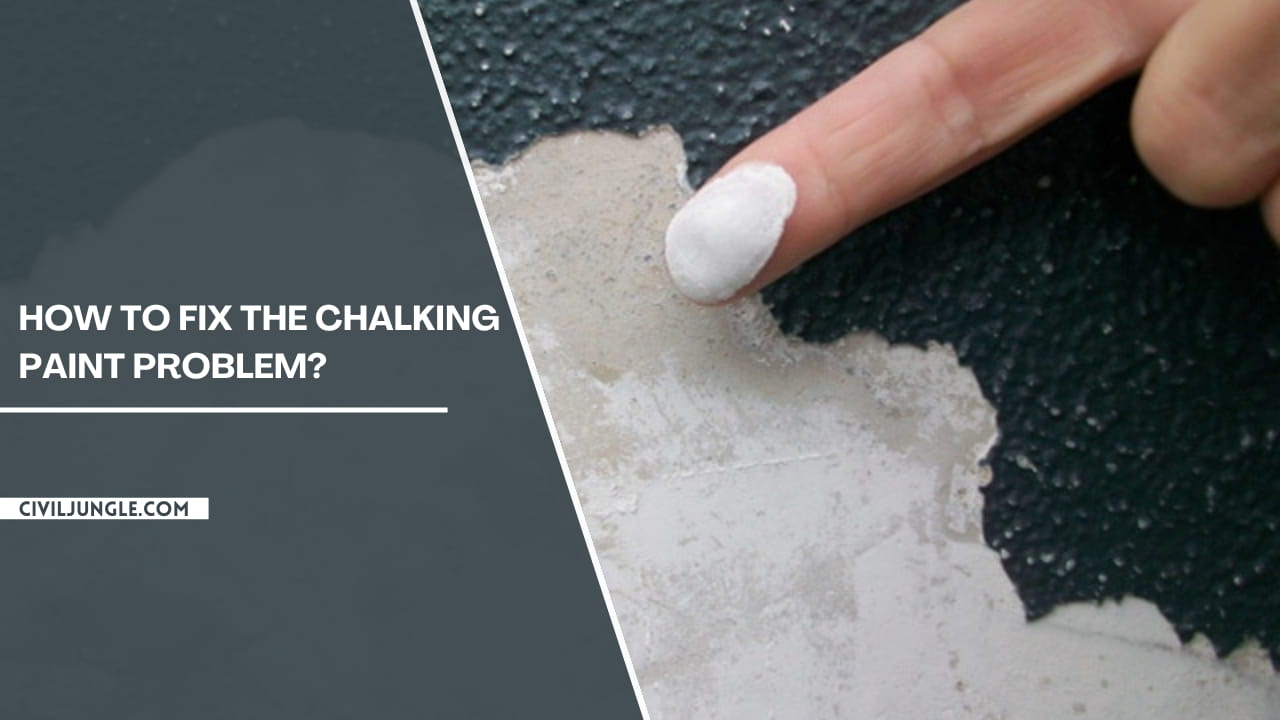Reference




Reference




OpenAI's Answer
The chalking of paint surfaces is primarily caused by the deterioration of paint binders due to environmental factors. Here are some detailed insights:
Causes of Chalking:
-
UV Rays & Sunlight: Sunlight contains UV rays that can break down the binding agents in the paint, causing the pigments to release and form a powdery residue (Repaint Now).
-
Environmental Conditions: Coastal environments with salty air, temperature fluctuations, high humidity, and dirt can accelerate the chalking process by allowing moisture to penetrate the paint's surface (OnDemand Painters).
-
Low-Quality Paints: Use of low-grade, highly pigmented, or oil-based paints can lead to chalking. These lower quality paints might not withstand the weathering as well as higher-grade paints (Sherwin-Williams).
-
Inadequate Surface Preparation: Skipping essential surface preparation steps before painting, such as cleaning and repairing the surface, can also cause chalking (Final Finish Painting).
Evaluation of Chalking:
The evaluation of chalking on paint surfaces involves determining the degree to which the paint has become powdery. It can be assessed by:
- Visual Inspection: Check for a powdery appearance on the paint film.
- Touch Test: Rub the paint surface with a dark-colored cloth or finger. If a chalky residue is left on the cloth or finger, it indicates chalking.
- Other Methods: Heavy chalking might require washing off with water pressure or using scrub detergents to completely evaluate the extent post-cleaning (Inspirations Paint).
These evaluations help in planning the remediation, such as choosing the right repainting methods or selecting appropriate preventive measures to avoid future chalking.
Here are some images illustrating the chalking of paint surfaces:


